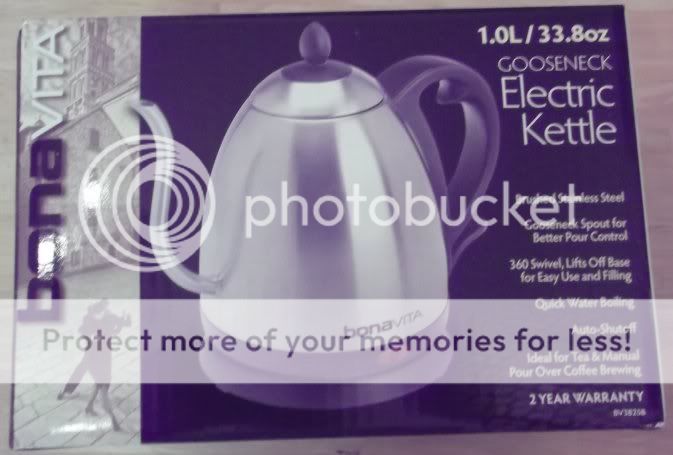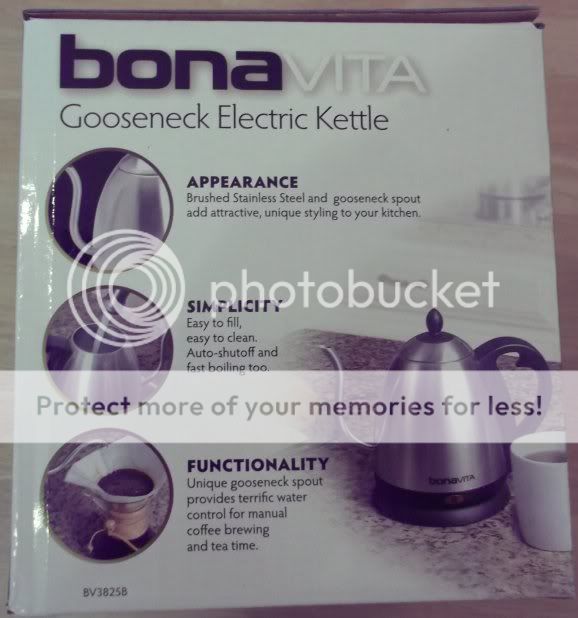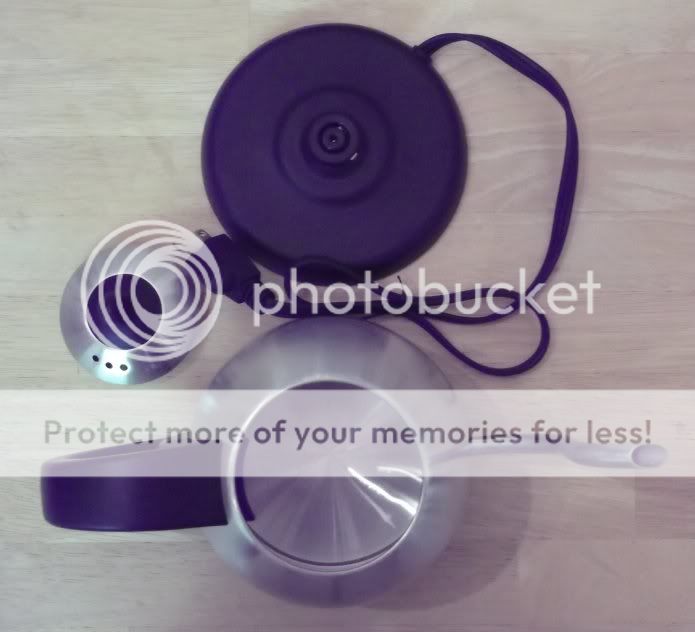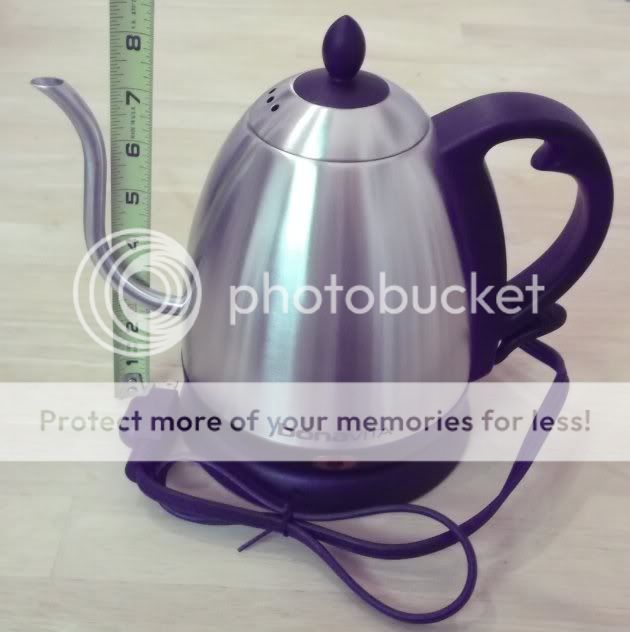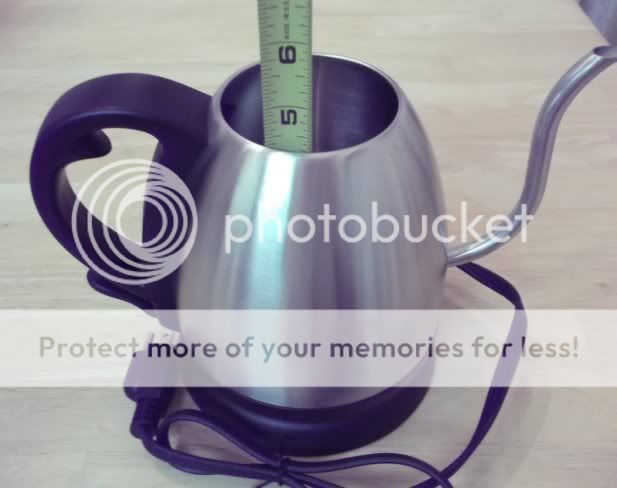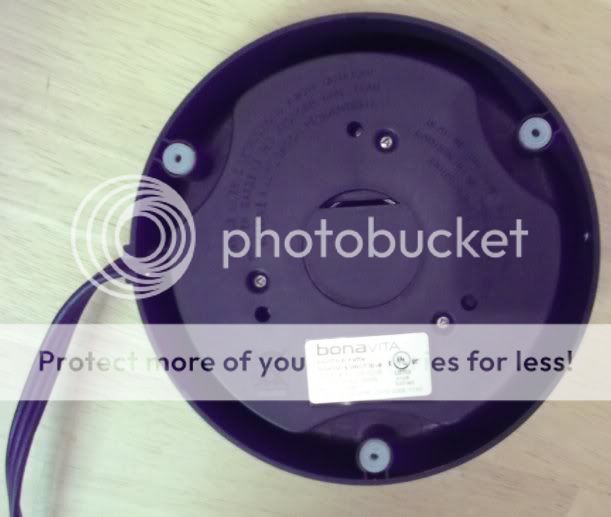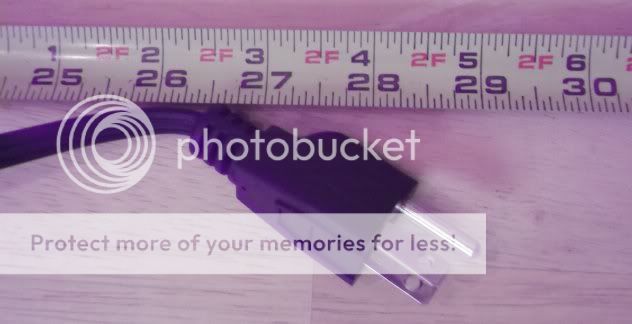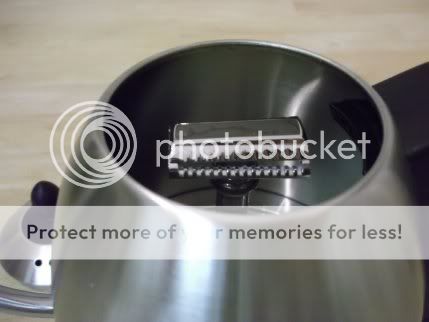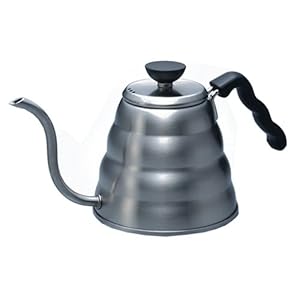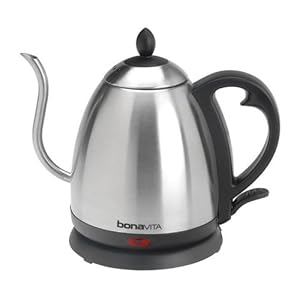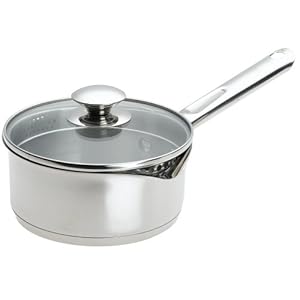A few weeks ago I decided to get a proper pour over kettle. I had been patiently waiting for Hario to import their electric model but it hasn't arrived yet so I purchased this kettle which is even more budget friendly. It basically works as advertised, heating water quickly and giving a controlled pour. My initial impression of it was very positive, but after using it for a little while I can only give it average, barely passing marks.
The (only) negative drawback is the shape/angle of the spout tip, which is too horizontal when it should be angled downward a bit, in order to lessen the effect of surface tension when doing a pour. The issue is that when doing a pre-infusion pour with the kettle when it's about 1/2 to 2/3 full of water into something like a Hario v60 cone, where you are carefully trying to wet all the grounds before starting the main pour it is impossible to add water drop by drop. When you try to drip water out of a 1/2+ full kettle the surface tension will pull water back down the spout neck creating a mess. When the kettle is nearly empty, one can do a controlled drip-by-drip pour without this surface tension problem as the spout is pointed more downward and water drips off in a more controlled fashion, but one does not start with a nearly empty kettle! Without this issue, the kettle would be highly recommended without any qualifications, but since its main purpose is to provide a controlled pour, it gets one big negative mark.
Once the flow starts, it is easy to control and direct the pour. The handle feels good in the hand, where the notch near the top of the handle helps provide a steady grip and push back against the torque of the kettle trying to rotate when full of water. Looks are subjective, but I find it blends in with other stainless steel equipment and looks attractive even if a bit utilitarian. It works great for tea, aeropress, presso, and other methods where extreme control is not needed.
The (only) negative drawback is the shape/angle of the spout tip, which is too horizontal when it should be angled downward a bit, in order to lessen the effect of surface tension when doing a pour. The issue is that when doing a pre-infusion pour with the kettle when it's about 1/2 to 2/3 full of water into something like a Hario v60 cone, where you are carefully trying to wet all the grounds before starting the main pour it is impossible to add water drop by drop. When you try to drip water out of a 1/2+ full kettle the surface tension will pull water back down the spout neck creating a mess. When the kettle is nearly empty, one can do a controlled drip-by-drip pour without this surface tension problem as the spout is pointed more downward and water drips off in a more controlled fashion, but one does not start with a nearly empty kettle! Without this issue, the kettle would be highly recommended without any qualifications, but since its main purpose is to provide a controlled pour, it gets one big negative mark.
Once the flow starts, it is easy to control and direct the pour. The handle feels good in the hand, where the notch near the top of the handle helps provide a steady grip and push back against the torque of the kettle trying to rotate when full of water. Looks are subjective, but I find it blends in with other stainless steel equipment and looks attractive even if a bit utilitarian. It works great for tea, aeropress, presso, and other methods where extreme control is not needed.
